Chill Factor: Ford Owner Learns Harsh Hybrid Lesson

It has become a trend. For some reason, perhaps just coincidence, Canadian Ford owners with vehicle complaints seem to air their issues on that country’s national broadcaster.
Recently, it was a man whose 2009 F-150 needs an HVAC module that no one can find. This time, it’s a lady whose gas-sipping 2014 Ford Fusion Hybrid has developed a sludge issue.
The problem mentioned in this CBC report might seem simplistic and easily fixable, but it’s a good lesson for those unaware that how you drive your car can lead to unforeseen problems.
The protagonist in this play bought a Ford Fusion Hybrid two years ago to save on gas. Her daily commute to St. John’s, Newfoundland is about 12 kilometers one way, or about 7.5 miles, through a developed area.
After having her car in the shop five times to diagnose a “check engine” light, she was told that a milky white sludge had built up beneath her oil filler cap. It’s the product of moisture not being burned off, her dealer told her. Driving the vehicle on the highway for 15 to 30 minutes at regular intervals should take care of the problem.
That’s not what a hybrid owner wants to hear. Especially an eco-conscious hybrid owner living in a city where gas retailed for $4.85 a gallon today.
The issue is that the Ford’s internal combustion engine doesn’t spend enough time running — a problem compounded by the area’s cold climate. In terms of gas savings, the vehicle seems like a good choice. Her commute, which rarely sees the vehicle top 70 kilometers per hour (43 mph), maximizes use of the Fusion’s electric motor. Unfortunately, it does so at the expense of the vehicle’s internal combustion engine.
That commute, in that climate, and with no regular highway jaunts (she claims she has no reason to take it on a highway and we believe her – look at St. John’s on a map) means this hybrid buyer is being told something she doesn’t want to hear: Burn more gas. If you swapped this owner’s lifestyle with someone else’s, there wouldn’t be a problem.
TTAC’s Subaru WRX-loving Bozi Tatarevic offered this advice to avoid hybrid engine sludge: hit the redline once a day, or at least engage in some heavy stoplight launches. If hybrid hooning isn’t in your repertoire, accelerating even slightly faster on regular occasions would help bring the engine online more often, even though it defeats the purpose of owning a pricier hybrid. Besides that, the dealer’s advice, however unwanted, is the best bet.
Planned road trips to nowhere will surely get that engine running hot, and might have the owner simmering on a low boil. Right now, she is in talks with Ford Canada, and hopes to have the company buy back her car. Soured on the experience, she plans to never buy a hybrid (or a Ford) again.
What can an automaker do to notify would-be owners of a condition that only occurs under very specific conditions, with a certain type of driving? Even if placed in the owner’s manual (which this buyer says contains no mention of the phenomenon), an owner would only read it after buying the vehicle. Consider this a cautionary tale for buyers.

More by Steph Willems
Latest Car Reviews
Read moreLatest Product Reviews
Read moreRecent Comments
- 3-On-The-Tree Keep the 6.2L V8 as the standard engine and get rid of the other V6 turbo engine options. Cadillac needs to get back to their V8 roots.
- Turbo Is Black Magic I would probably bet billions on a $350,000 halo car… but insist on bucking all buying trends and build a sedan with an ugly rear and awkward proportions.What do the peasants know anyway.Also more letters and numbers for car names, probably spend another $300 million to buy the YKK trademark… I know most of the common folk associated those 3 magic letters with a zipper they broke last week…. But close your eyes and picture a generic midsize CUV… now say YKK… get it?!Also move headquarters locations again. Kensington PA comes to mind… it can only go up!
- Coo65757652 A reminder to those of you who expect more from GM: "We are in the business of making money, not cars"(1964: CFO of GM).
- Jeff Here's an idea from the past 0H:08 / 22:100:08 / 22:10 1970 Cadillac Eldorado (400HP 8.2L V8): Top 10 Facts You Didn't Know!
- Ras815 It's a travesty that this is even allowed to carry the same 7er identity that the E23, E32 and E38 established.
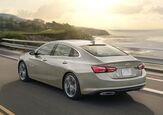

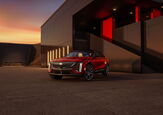














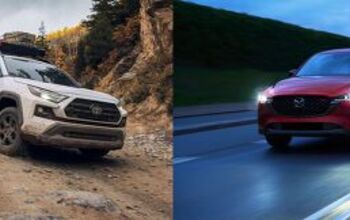


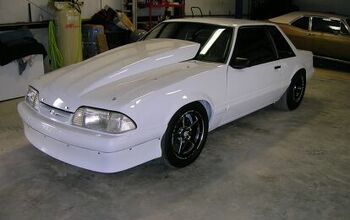
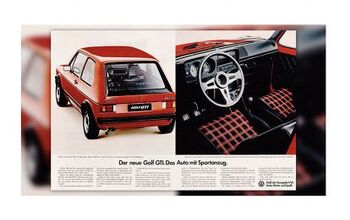

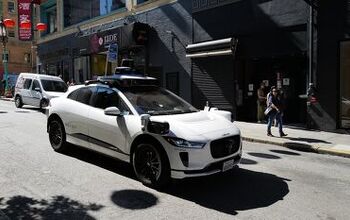

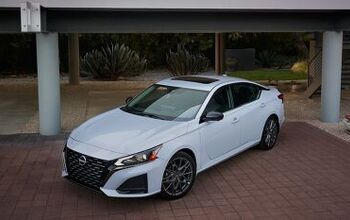

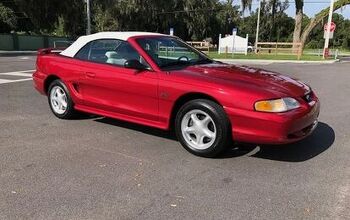
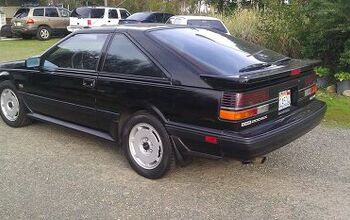


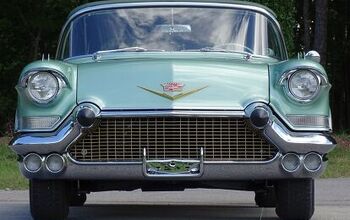
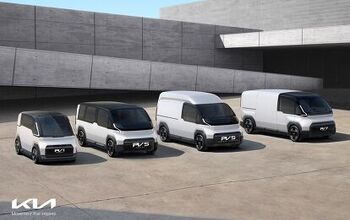

Comments
Join the conversation
I had this same problem in a old air-cooled VW. How do you get water in a VW?
The lady lives in St. John's, Newfoundland, and for someone who seems like a homebody, there's nothing to entice a puttering hybrid driver to travel to outside the daily commute. Of course, to us car people, we'd be tearing around the island trying to beat our fastest lap while taking in the ocean views. An EV would do her no good as well, just in case she had to take a ferry to the mainland, or do any driving around the island. Pretty sure there's no chargers outside the metro area, and who knows where she will find a charger once she gets to Sydney (Cape Breton Island, NS). That lady simply needs to get out and drive, or take responsibility for purchasing a car that doesn't do what she needs. Ford Canada should be cool about it, and offer her an off-lease standard Fusion and a Tim's gift card. At least everyone kinda ends up with what they need. Oh, and the temps there I hear really don't get that cold or hot, sticking out in the Atlantic like that. I guess interior Newfoundland can get chilly. Someone give me some travel money to find out. :)